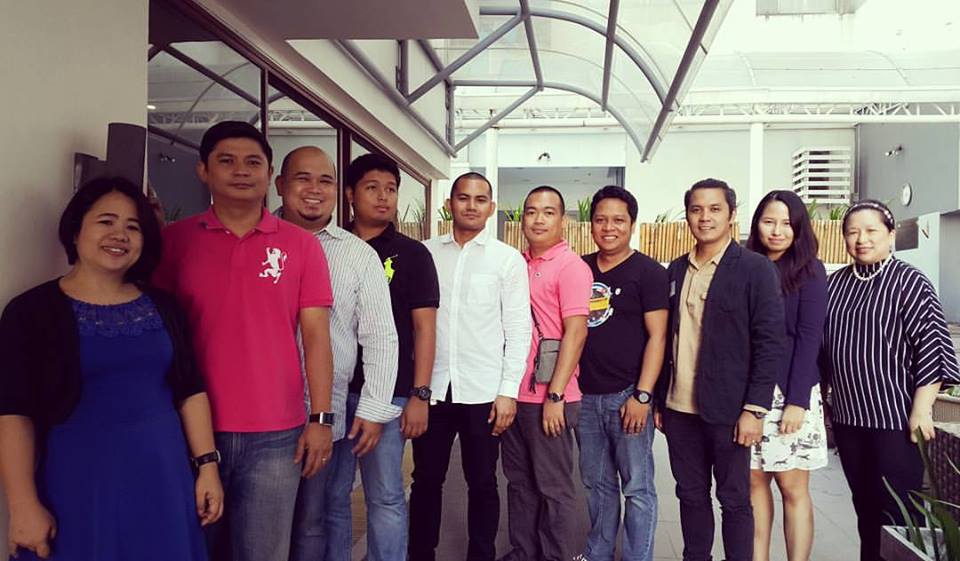Social Media and Social Responsibility for Youth Leaders
It always amazes me what youth leaders are able to achieve when they get involved in movements they are passionate with. From raising awareness, helping people in need, to protesting issues that affects them.
Last March 23, 2015, I was at Naval State University in Biliran to share insights on social media and social responsibility at The Pillar Media Symposium 2015. Here are my talk notes:
Campus advocacy campaigns goes online
In the old days, campaigning for project support happens within the four walls of the campus and respective personal contacts of student leaders (and members).
When I enrolled for night class at Adamson University before, I was very annoyed then that on my first week, student leaders were dropping by our classroom encouraging us to join a protest on tuition fee increase.
I would walk out of the classroom and only return after they are done. Frustrating as well is when I get to the campus after work – classes were suspended due to protest happening outside of the school. I end up dropping out in less than a month. Going to school after work is important for me and I decided then to only study in schools where there are no groups like those that would affect my study schedule.
Of course, later on, I realized that I don’t know any better at that time. The reason why those protests were happening in different parts of the country, including state colleges and universities, is that if they are unguarded, the cost of education would skyrocket and be unreachable to ordinary Filipinos. Although education institutions have to operate like a business that needs to realize profits to make its programs sustainable.
Today, promoting a campus advocacy and vigilance on issues extend on social media as most students are also connected to it. Young people will have time to discern issues presented to them and can use the search engine to research about it. If I had access to these resources back then, most likely, my attitude would be different and think beyond the inconvenience experienced at that time.
Use social media to reach out
Youth leaders, through the creation of content disseminated in blogs, pages, and social media accounts can reach out to interested campus peers and answer relevant inquiries.
Mixed with fun and serious content, make young people feel that this is a group or community they want to belong to. Youth leaders can also come up with programs that would incentivize engagement of their members online and offline.
Millennials are complicated
With most young people, millennials (born from 1982 to 2004) are a complicated bunch as technology has influenced their thoughts and processing of information greatly. It gave them options that were never possible before.
As a result, youth organizations would have to work harder to keep their members engaged and interested to remain in the group. Relevance is often short-lived and thus loyalty can be considered overrated at times.
Is the youth ready for ASEAN Integration?
Although the much talked about ASEAN Integration will provide opportunities to the citizens of member nations, the unprepared ones though may be affected by it.
Youth organizations have a role to play to prepare their members (their generation and community) for it. This includes:
1. Educating your members about ASEAN integration.
2. Learn how to do business in your area and the opportunities available.
3. Participate in discussions on issues that would marginalize the competitiveness of young Filipinos in this space.
4. The youth to realize his or her ASEAN identity. Widen your horizon and perspective on employment, citizen issues, and business opportunities.
Youth leaders can embark on projects that would allow them to work with counterparts in the region to gradually embrace their ASEAN identity.
No to cyber-bullying
Youth organizations, although vocal in its issues, should embrace methods that would not resort to cyber-bullying even on public persons or officials. That there are more effective means to get your stand on issues where you can be critical without resorting to unethical practices.
Otherwise, the message and intent can get lost in the process as the whole discussion will center on the “bullying” that took place.
Make advocates feel like rockstars
One of the best ways youth organizations and leaders can make a difference is the recognition on the value that each member provides.
Make your active members feel like rockstars by continuously empowering them with information that they can use to communicate others. Give them platforms, offline and online, where they will have an opportunity to present their perspective.
When a youth organization purpose becomes a shared passion among members and everyone realizing that their active contribution can make a difference, its leaders and members can be destined to greatness.












Comments (2)
I greatly appreciated your: “Make advocates feel like rockstars”, specifically, “…shared passion…”
Thank you Boyet! 🙂